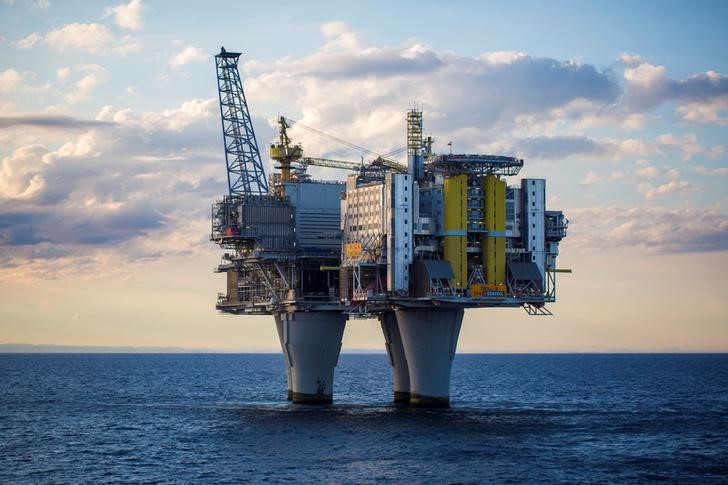Gold prices steady above $3,400/oz on rate cut bets; PCE data awaited
The Red Sea is facing the prospect of being off-limits for oil transit as global shipping firms and vessel workers are increasingly refusing to operate in the area due to rising attacks.
The situation poses a potential threat to oil prices if key ports become inaccessible and military confrontations escalate. In recent weeks, attacks on oil tankers and commercial vessels in the Red Sea have been on the rise.
On December 15, A.P. Moller-Maersk A/S and Hapag-Lloyd AG, the world's two largest global shippers, announced that they would not send vessels through the Red Sea for the foreseeable future due to the conflicts in the region. This decision was echoed by numerous other commercial shippers in the subsequent days.
Bloomberg estimates that approximately 6.5 million barrels of oil and products passed through the Red Sea between June 2023 and November 2023, according to tanker tracking data compiled by Bloomberg and Kpler.
S&P Global Market Intelligence further estimates that 21.5% of all refined oil products and over 13% of crude oil traverse the Red Sea.
The escalating situation in the Red Sea raises concerns about the disruption of vital oil transit routes and potential repercussions on global oil prices.
In addition to these concerns, commodity traders are also increasingly worried about the global demand for oil in 2024. As a result, analysts at Roth MKM say the oil positioning by speculative traders has become “the most bearish in the history of the data.”
“The bearish move was mainly driven by short-only bets surging to the highest in almost four years while long-only bets continued to retreat,” analysts noted.
“We think this type of positioning from speculative traders tilts the risk/reward for oil prices to the bullish side going forward as positive news for the commodity likely exacerbates the price reaction to the upside here, and bad news may not produce as much downside in oil with hardly anyone left to sell or get negative at this juncture.”
Roth MKM’s technical analysts see oil as more likely to break to the upside than to drop. The initial support for WTI is $72 while resistance is located at $78.50.
“From a fundamental perspective, we expect inventory draws to happen globally well into 1Q24, which should be supportive of oil prices for at least the next few months until refining maintenance season approaches in the late winter and early spring.”
“We also expect OPEC+ to extend existing production cuts that expire at the end of March 2024 to at least mid-2024 by early next year,” analysts concluded.
